Here’s a scenario for your consideration:
“Hey, so that Koei Tecmo developer is doing some interesting things,” said one executive, sitting at a table and deciding what to do to fill out the Dragon Quest release schedule as the next numbered one continues in development.
“I know, right? How good is Persona 5 Strikers? I loved the way they took the Musou formula and made an RPG out of it,” said another.
“Well, sure, but you know what? I liked that Demon Slayer game, and there is a Dragon Quest anime…” chimed in a third.
And so Infinity Strash: Dragon Quest The Adventure of Dai was born.
Or something. That’s probably not how the decision-making actually went, but Infinity Strash does feel like it’s a combination of what Koei Tecmo has been doing with the Musou formula, and what CyberConnect2 and others have done with Demon Slayer, Dragon Ball, and other licensed fighting titles.
Unfortunately, no one thought to make a good Dragon Quest game in the process.
When I think about Dragon Quest, I think about twee adventure – and I mean that in a good way. Dragon Quest is a series about colourful worlds and exploration, matched only by equally colourful characters, and every region of the world having its own charming accents and mannerisms. And the puff-puff, of course. Never forget the puff-puff.
Infinity Strash, meanwhile, is not twee. For one thing, it features no exploration. You choose levels from a menu, and those levels are either tiny spaces where you defeat a series of enemies on your way to a goal, or an arena where you fight a boss. Its humour and charm is closer to that of a One Piece or Bleach than the Dragon Quest canon. That’s not a terrible thing in itself, if you’re not yet sick of heroes on a perpetual quest for incremental power-ups so they can defeat a gallery of incrementally more powerful nemeses. But while it’s not bad, it’s lacking the quality that makes Dragon Quest its own thing, and it’s incredibly disappointing when a game steadfastly refuses to deliver what it says it will on the box.
Instead of the standard approach to Dragon Quest, of wandering from location to location, solving a series of localised problems in each little village as the main plot slowly unravels behind it, in Infinity Strash you’re instead watching a series of cut scenes, which feature either stills (presumedly taken from the anime, though I haven’t watched it myself), or short animated sequences. This approach will remind players of how Koei Tecmo used to approach its Warriors games, back with the likes of The Heroic Legend of Arslan. Koei’s graduated to a more mature way of handling its licenses, though, meaning that Infinity Strash comes across as oddly dated in design from the opening moments.
Once you do get into combat – and be warned those cut scenes often take far too long for what is a fairly shallow Cliffs Notes summary of the anime – there are some issues there, too. I quickly found myself greatly preferring the ranged characters, because melee really is a chore to play. There’s a noticeable delay between pressing the dodge button and your character actually dodging. What’s more, you can’t cancel out of an attack combo to dodge, and enemies can often counterattack even as they’re taking damage. In other words, to put this bluntly, the defensive side of Infinity Strash is clunky almost to the point of broken, and bouncing off the incredible fluidity of Final Fantasy XVI’s combat into this has been a hard bounce.
However, the ranged combat is more enjoyable and tactical. Ranged characters do tend to be “squishy,” so you need to make sure you’re keeping a step outside of the enemy’s attack range, but the damage you can do in return makes this feel like an acceptable dynamic between character strengths and weaknesses. As an additional layer, one character in particular relies entirely on magic, and can only equip three spells, each with cooldowns. However, if you can find a quiet spot for him to meditate for a second or so, he can get those spells back instantly, and immediately start dishing out big damage again. That’s a risk-reward dynamic that, again, feels beautifully taut in execution.
Unfortunately, outside of that, there’s not much depth to Infinity Strash’s systems… and it’s purely aggravating when you’ve got a level (usually a tough boss battle) where you’re forced to play as a melee character. Further compounding the shallowness of the systems is the fact that Each character only has a tiny few stats to level up, and there’s no manual tweaking of this. You can adjust your character’s stats by applying “cards” to them that you earn as you play. These can make all the difference (as the stat gains can be significant), but they’re broken down into various tiers and… yeah, that makes Infinity Strash taste like a gatcha game. There aren’t any microtransactions, thankfully, but it’s got that same drip-feed and grinding quality to it if you want to unlock the really good stuff.
The main quest should take you around 20 hours or so, and there is a roguelike dungeon mode that you can run through to try and unlock the best loot. Thankfully you don’t really have to engage with that as your characters will keep pace with the difficulty curve just by playing through all the base and side missions. I say “thankfully,” because this game is really pushing its welcome by the time you get to the end of it.
I generally like the “filler” titles in the Dragon Quest franchise. Dragon Quest Treasures was a delight, as was Builders, as was the VR game that I played in an arcade in Japan. This is a versatile property and most of the developers that work on it clearly enjoy what they’re doing. But Strash is different. It leaves a bad taste in the mouth as it comes across as cynical, and derivative to everything but Dragon Quest. Most egregious of all is that somehow, despite being based on a well-regarded Dragon Quest anime, it genuinely seems like the developers failed to understand what makes Dragon Quest a uniquely special property. If they did understand it, they comprehensively failed to articulate it. I’m genuinely disappointed, but, on the plus side, I fully expect that the upcoming Dragon Quest Monsters game will completely right the ship. The great thing about this series is that even in its lowest moments, it never takes long to bounce back.
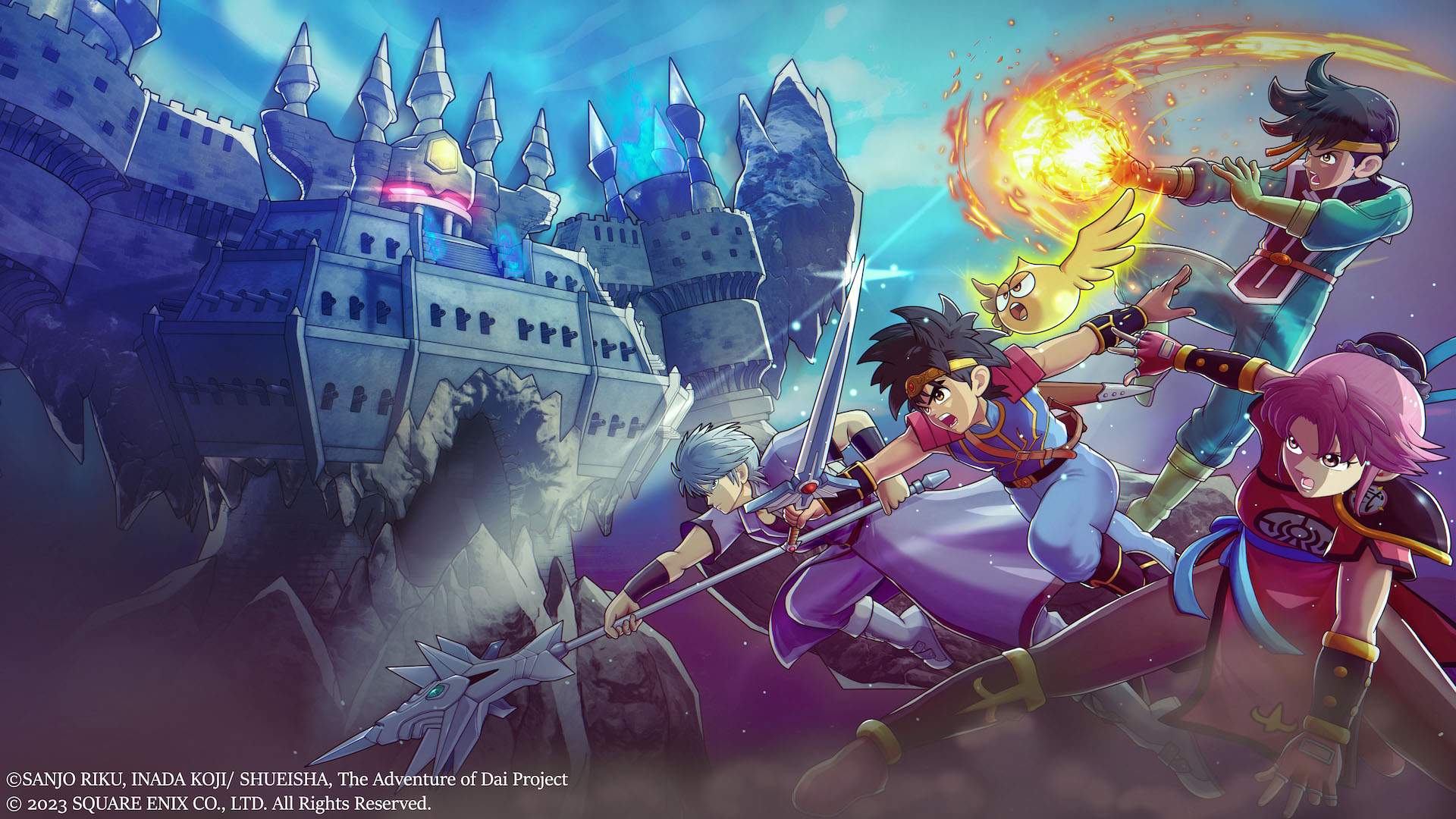

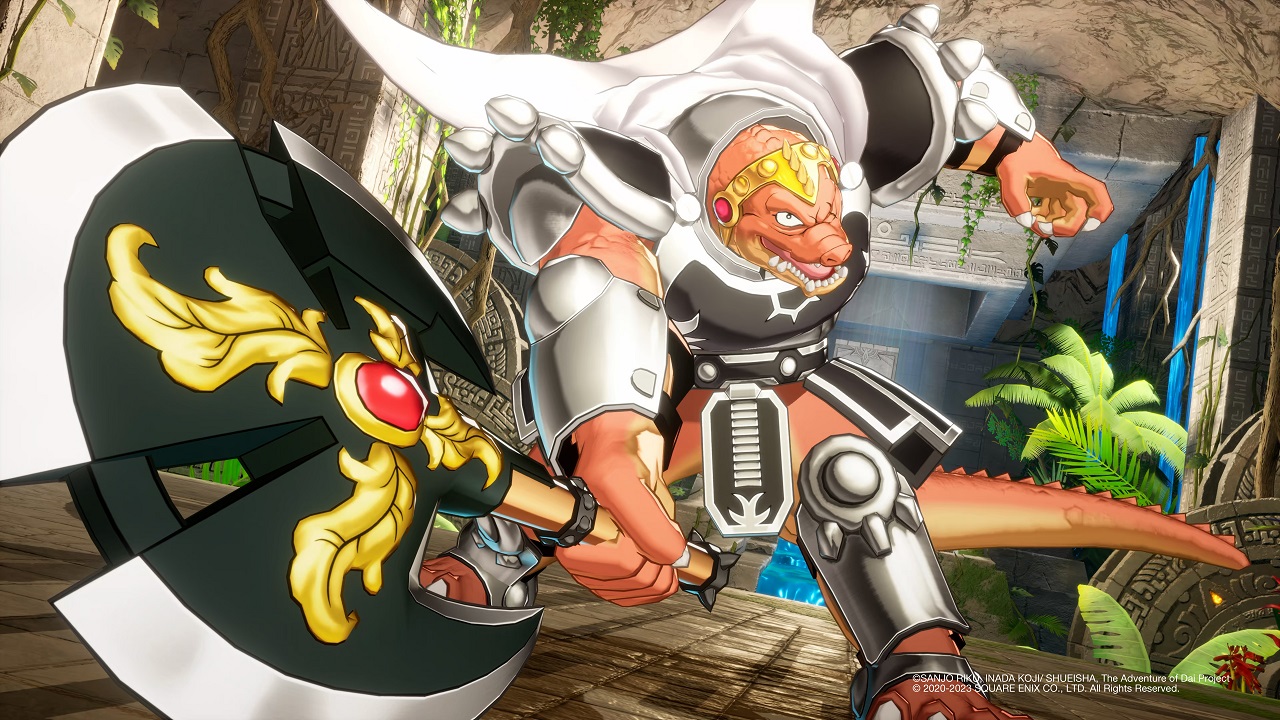
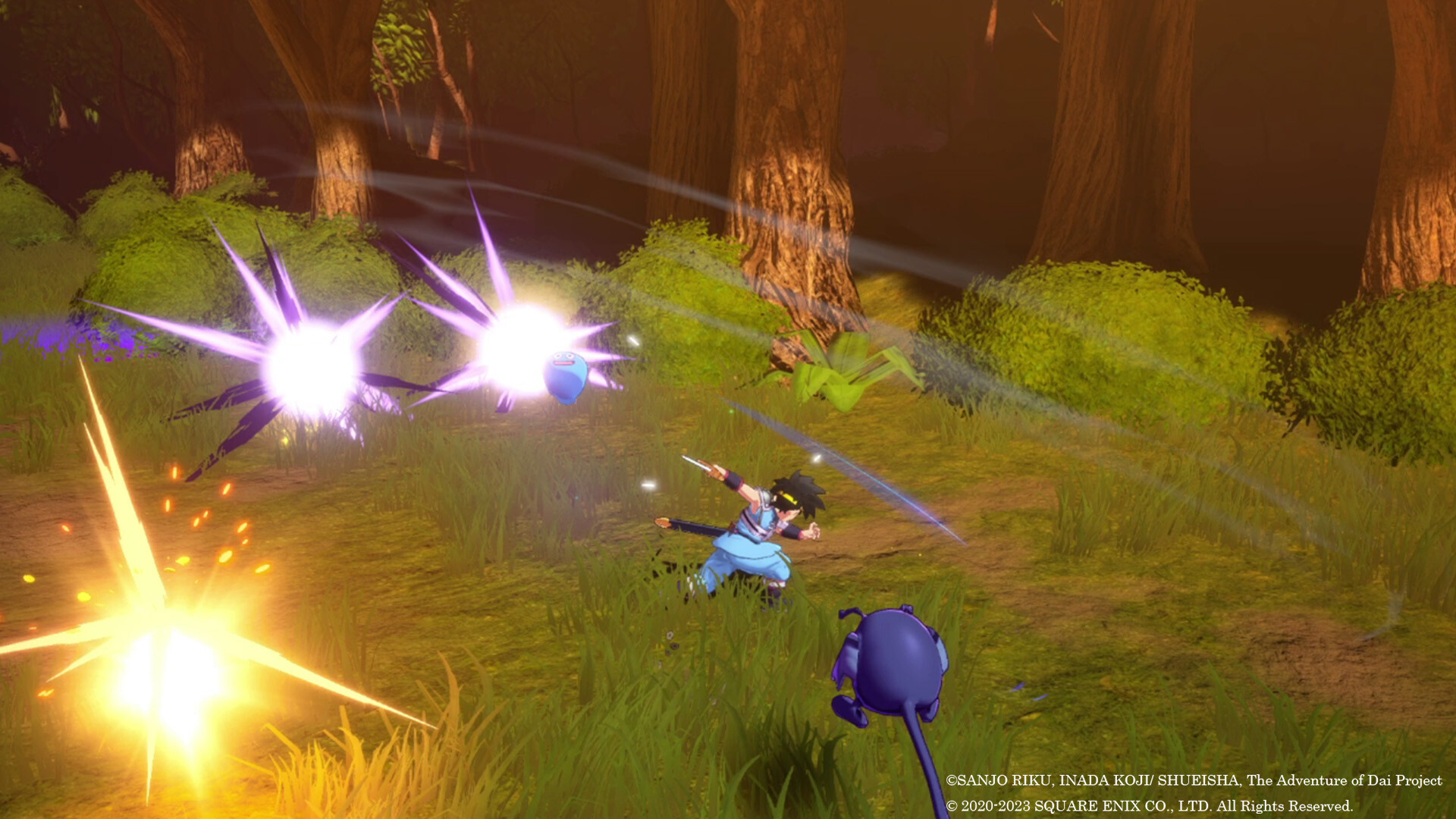
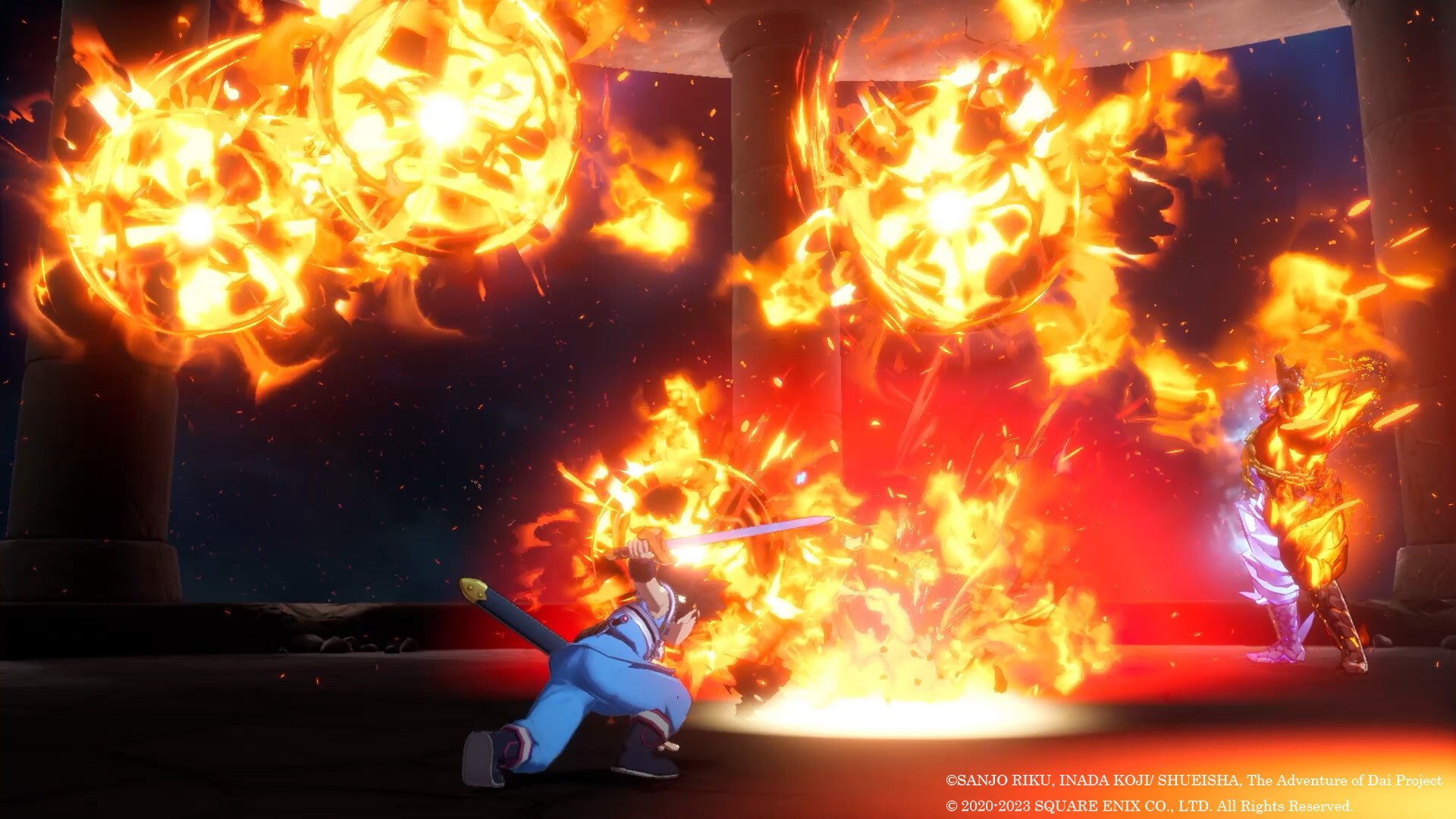

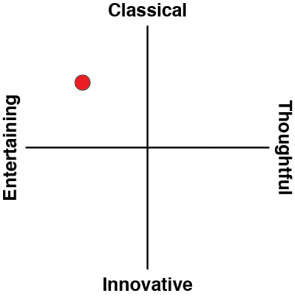
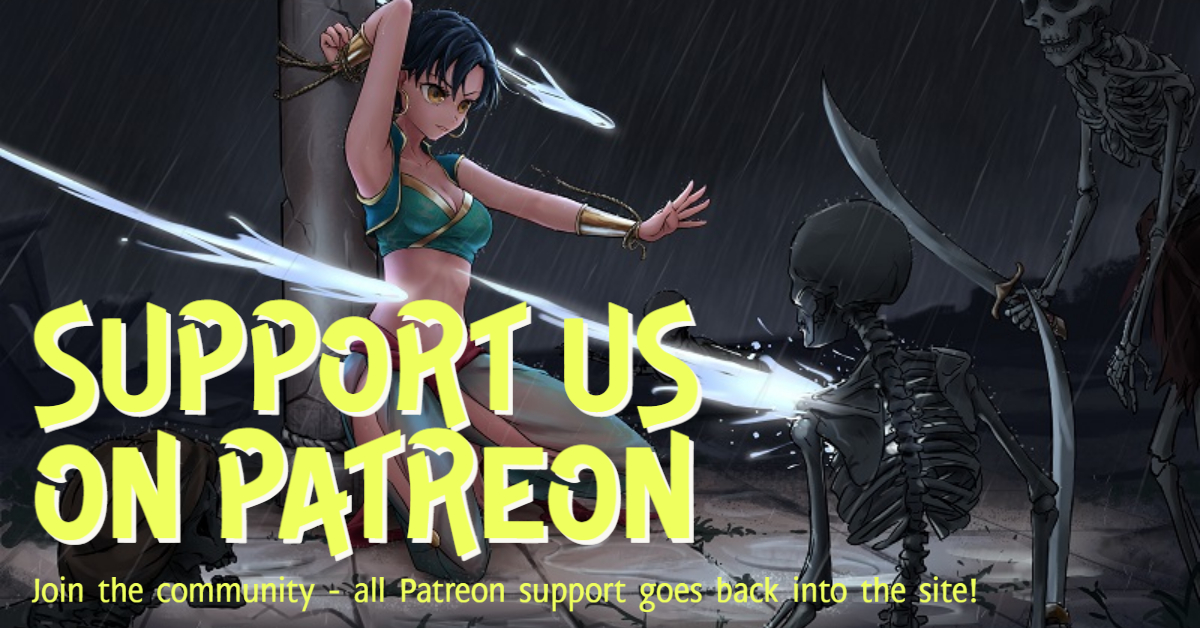




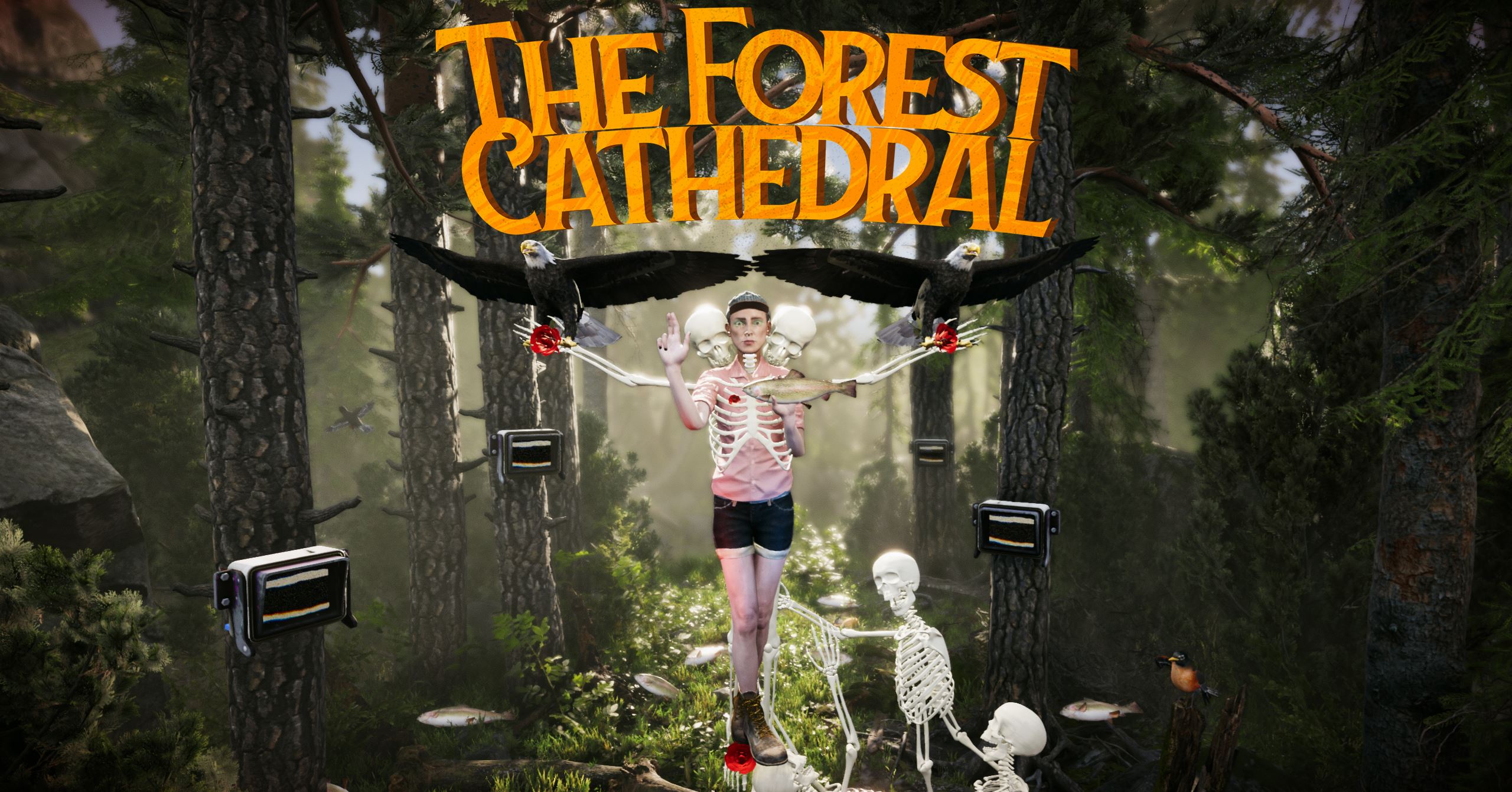


Shame to hear this didn’t turn out so great for you. And surprising, considering that Dragon Quest has done the Musou formula perfectly well previously with the two Dragon Quest Heroes titles!